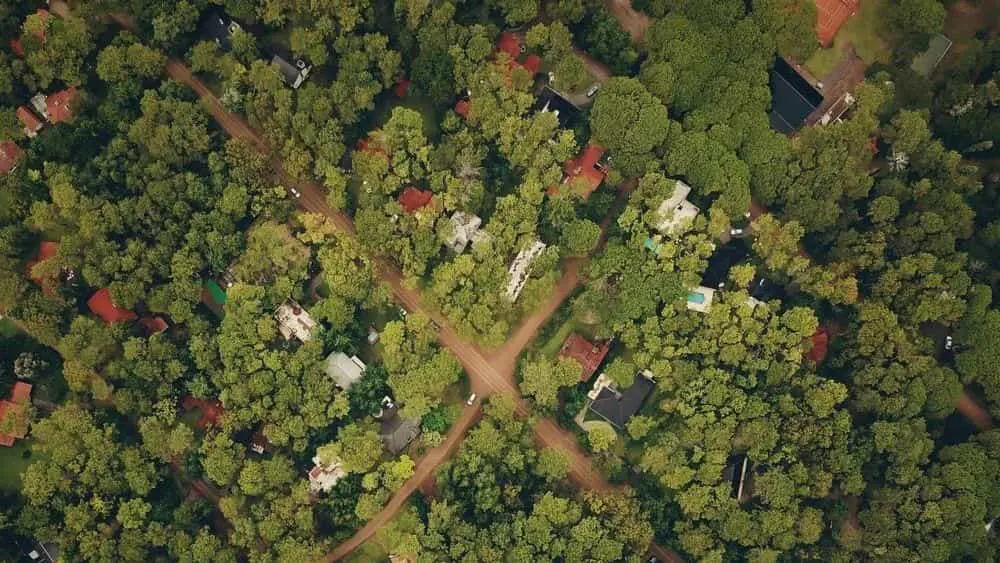A Q&A with Clayton Homes’ Mike Duncan

When it comes to affordable and flexible build-on-your lot homes, it’s hard to find an option that can beat a manufactured home.
Also known as a prefabricated home, this type of dwelling is constructed entirely beforehand in a factory and then transported to a lot of your choice.
While some may choose to have them transported to a park or neighborhood with other manufactured homes, others may choose to build on a lot they have chosen on their own. This begs the question, “Where can I build my manufactured home?”
What if you dream of living in the mountains? What if you want to be near the beach? Clayton Homes, which manufactures homes in 37 facilities across the nation, might have a few answers. We sat down with their vice president of marketing, Mike Duncan, to answer some of the most common questions regarding where you can put your manufactured home.
NHS: Are there any restrictions to where you can build a manufactured home?
Duncan: Some of our facilities can manufacture custom projects, the only restraint or restriction would be the state and federal codes our homes are required to be built to. This gives a homebuyer the flexibility to be as creative as possible in designing their dream home.
NHS: Can you describe the building and transportation process?
Duncan: All Clayton-built homes are constructed in our homebuilding facilities and then transported to their homesite. Depending on the size of the home and the location, homes can be delivered and set in various ways.
NHS: What are some special considerations you have for buyers trying to decide where to place their home?
Duncan: Buyers should be aware of all local zoning laws, as this can dictate whether or not a home can be placed in a prospective location. Aside from zoning, homebuyers should also be aware of utility access, easement access and other land issues that would need to be cleared before selecting a site.
NHS: What are some of the most affordable options of where you can place a manufactured home?
Duncan: Manufactured homes can vary in price dramatically depending upon a number of factors including size of the home and materials and delivery site, all of which need to be considered when pricing a home. Manufactured home parks and communities that are designed and zoned to accommodate manufactured homes are generally the less expensive options. Customers can also place homes on their own private property.
NHS: What are some of the less affordable options?
Duncan: Two-story modular homes are at the higher-end price point for a Clayton-built home. These modular homes are built to applicable state and local codes and closely mimic site-built construction in look and profile. Because Clayton builds manufactured homes in a climate-controlled environment, materials are less likely to suffer from some of the weather-related issues that can plague site-built contractors.
NHS: The term “trailer park” is a thing of the past. Are there any myths you’d like to debunk in regards to these changes?
Duncan:“Trailer park” is a term that was commonly used when referring to a manufactured home prior to HUD Code requirement changes. The term “trailer” is no longer in use for our industry. Manufactured home parks are now neighborhoods and communities that have been designated for manufactured housing.
NHS: Are there any other topics you’d like to cover in regards to where buyers can have manufactured homes built?
Duncan: Many of our facilities build products that are specific to the geographic region they are located in. It is important for buyers to be aware of this when shopping for homes online.
 Should You Pay Off Your Mortgage Early?
Should You Pay Off Your Mortgage Early?
Suzanne Mumy
How much dose new Victorian home cost I believe in states like Indiana? And to put on your own lot?